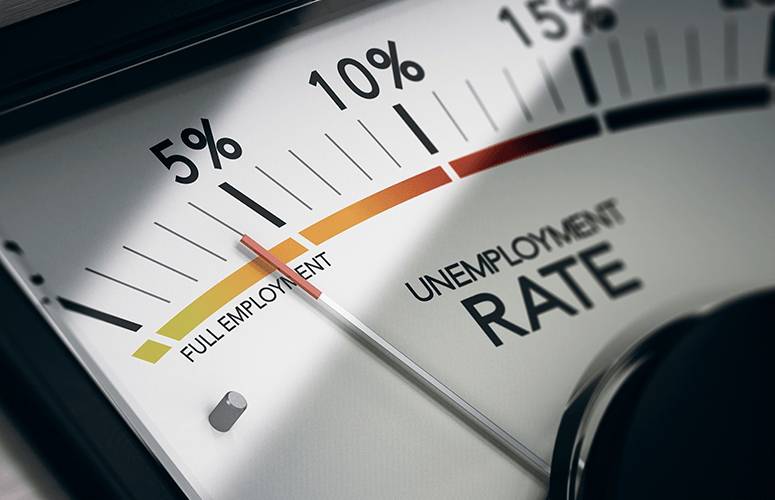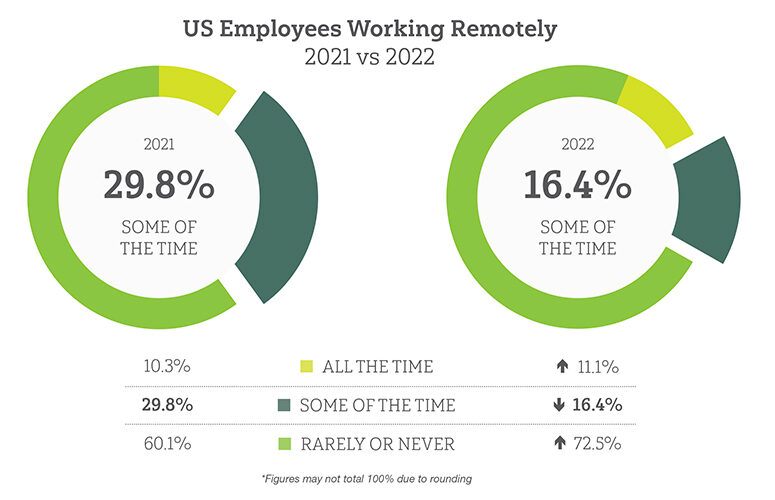
Gauging Unemployment in NJ’s 21 Counties
By Kyle Sullender, Executive Director, Focus NJ On Sep 30, 2022Since the onset of the COVID-19 pandemic, few economic indicators have received as much attention as unemployment. Through the spring of 2020, New Jersey’s unemployment rate skyrocketed from 3.3% to more than 15%, and by the start of 2021, New Jersey repeatedly recorded one of the highest unemployment rates in the country.
Although unemployment in New Jersey has fallen precipitously over the past 12 months, the statewide unemployment rate (3.7%) has not quite reached its pre-pandemic low (3.2%). However, some Garden State counties have recovered faster than others.
Unemployment at the county level, as of July 2022 – the most recent data available as of this writing – ranged from 2.7% in Hunterdon County to 5.2% in Cumberland County. However, a closer examination of the figures suggests that this range, in and of itself, represents a kind of return to normal.
Unemployment figures made available by the New Jersey Department of Labor and Workforce Development are not seasonally adjusted at the county level. This means that to compare current conditions to pre-pandemic levels, observers must go all the way back to July 2019.
In the three years since that last pre-pandemic summer, 13 of the state’s 21 counties have experienced a net decrease in unemployment (Burlington, Camden, Cumberland, Gloucester, Hunterdon, Mercer, Middlesex, Monmouth, Morris, Ocean, Salem, Somerset and Warren). Among these 13 counties, the average reduction has been approximately 0.2 percentage points.
Conversely, six counties (Atlantic, Bergen, Cape May, Hudson, Passaic and Sussex) have experienced net increases in unemployment over the same period. Among them, the average increase in the unemployment rate has been approximately 0.2 percentage points. The remaining two counties (Essex and Union) have experienced no change since July 2019.
Unemployment is only one economic indicator, and other measurements related to the size and capacity of the labor force remain extremely important. Still, this analysis shows that in terms of unemployment, New Jersey’s counties have mostly returned to pre-pandemic conditions.
Of course, the state is not out of the woods yet. While unemployment is near pre-pandemic levels, the state’s labor force is down roughly 30,000 workers, and there were approximately 279,000 job openings in the state in June. Addressing those and other issues means policymakers and stakeholders must continue to prioritize connecting workers with opportunities for training and career development.
To access more business news, visit NJB News Now.
Related Articles:





